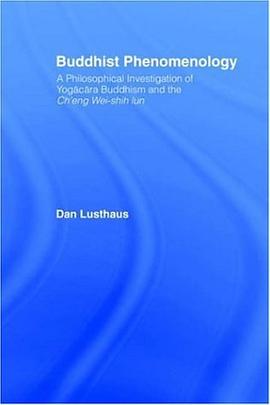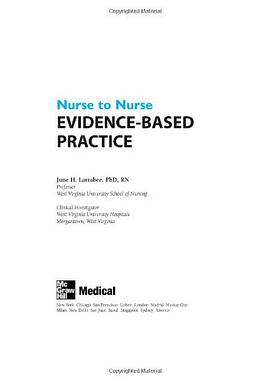

具体描述
A richly complex study of the Yogacara tradition of Buddhism in India and China, divided into five parts. Part 1 is on Buddhism and phenomenology, with close attention to elements in Husserl and Merleau-Ponty that are helpful for understanding Yogacara. Part 2 details the four basic models of Indian Buddhist thought - the five skandhas, conditioned co-arising, the triple world, and the interplay of behaviour/meditation/understanding. A chapter on the attainment of cessation nirodha- sam patti illustrates some of the intricate ways in which these models were deployed. Part 3 discusses karma, meditation, and epistemology, from Pali Abhidhamma and Nagarjuna to Yogacara. Part 4 presents texts, translations, and comparative analysis of Vasubandhu's Trimsika with the Chinese versions by Paramartha and Hsuan-tsang. Part 5 deals with the Ch'eng wei-shih lun and Yogacara in China.
作者简介
目录信息
读后感
评分
评分
评分
评分
用户评价
相关图书
本站所有内容均为互联网搜索引擎提供的公开搜索信息,本站不存储任何数据与内容,任何内容与数据均与本站无关,如有需要请联系相关搜索引擎包括但不限于百度,google,bing,sogou 等
© 2025 book.quotespace.org All Rights Reserved. 小美书屋 版权所有




















